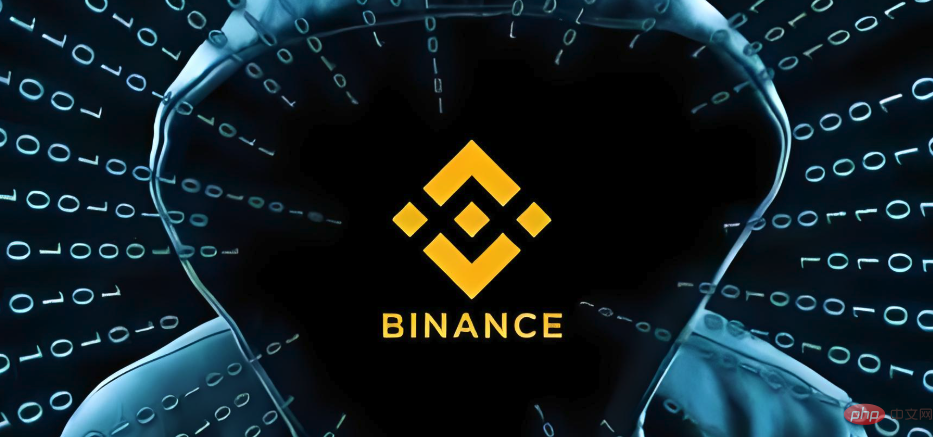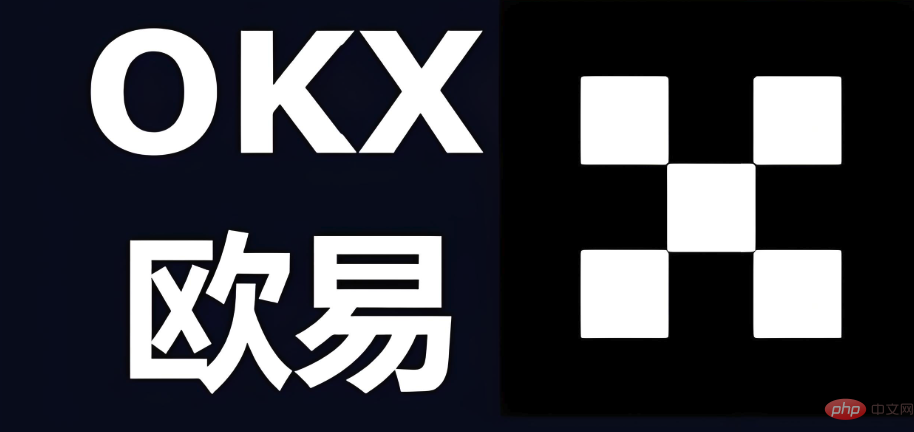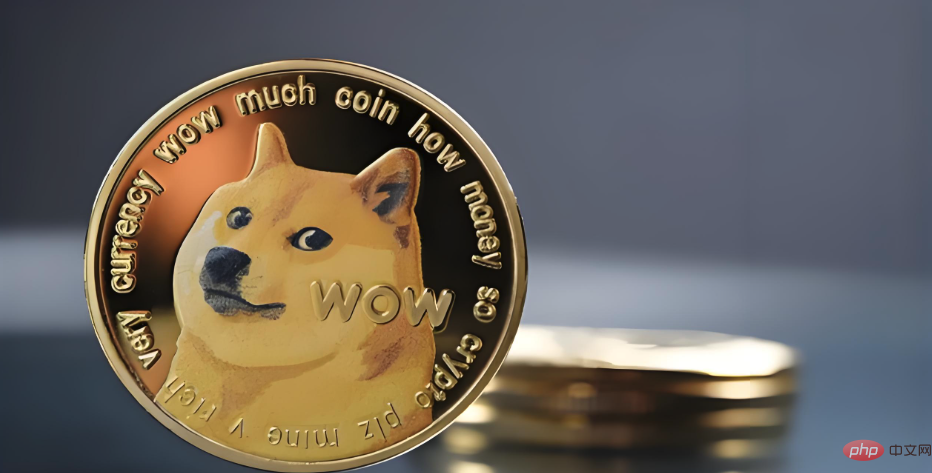What are the top ten mainstream coins in 2024? 2024 The top ten mainstream digital currencies in the world
- Olivia Jane MartinOriginal
- 2025-02-15 22:54:02394browse
With the vigorous development of the digital economy, the cryptocurrency market has also ushered in unprecedented prosperity. Among many virtual currencies, mainstream currencies have attracted much attention for their high market value, stability and wide acceptance. Looking ahead to 2024, which cryptocurrencies will continue to take the lead are worth paying attention to.

Step 1: Bitcoin (BTC)
- Introduction: Bitcoin is a kind of decentralized , peer-to-peer digital currency was founded in 2009 by anonymous developer Satoshi Nakamoto. It is the first cryptocurrency and the largest cryptocurrency currently with market capitalization.
- Technical Basics: Bitcoin is based on blockchain technology, a decentralized, distributed ledger that records all Bitcoin transactions. The network is designed to be secure and censorship-resistant and protected by a global network of miners.
- Features and Use Cases: Bitcoin is used for a variety of purposes, including storage of value, payment processing, and remittance. It is widely accepted as a payment method and is increasingly being adopted by financial institutions.
- Price fluctuations and risks: Bitcoin prices are highly sensitive to market sentiment and events, making it a high-risk asset. Investors should understand their potential volatility before investing in Bitcoin.
Step 2: Ethereum (ETH)
- Introduction: Ethereum is an open source, blockchain-based distributed computing platform. Its native currency is Ethereum (ETH), the second largest cryptocurrency.
- Technical Basics: Ethereum supports the development of smart contracts and decentralized applications (dApps) through Ethereum Virtual Machine (EVM). The platform allows developers to build immutable, transparent, and secure applications.
- Features and Use Cases: Ethereum is used for a variety of purposes, including smart contracts, decentralized finance (DeFi), non-fungible tokens (NFT), and supply chain management.
- Scalability Challenge: Ethereum faces scalability challenges because transaction fees can become expensive and slow as the number of transactions on the network increases. Addressing these challenges is the platform's ongoing goal.

Step 3: Binance Coin (BNB)
- Introduction: Binance Coin is the native token of Binance Exchange, and Binance is one of the world's leading cryptocurrency trading platforms. BNB is used to pay transaction fees, participate in pledges and receive transaction discounts.
- Features and Use Cases: BNB is used for a variety of purposes, including payment of transaction fees, staking, participation in new token sales on Binance Launchpad, and discounts when using Binance services.
- Integration with Binance Exchange: BNB is highly integrated with Binance Exchange, making it a key element in the platform’s ecosystem. Coin holders can enjoy reduced transaction fees, priority access to new features and participation in exclusive events.
- Sustainable Development: BNB continues to evolve, adding new features and use cases. It aims to be a multi-purpose token that provides more value in its ecosystem.
Step 4: Tether (USDT)
- Introduction: Tether is a stablecoin pegged to the US dollar, designed to be used for encryption The money market provides stability. It is issued by Tether, which manages its dollar reserves.
- Functions and Use Cases: Tether is used for a variety of purposes, including store of value, payment processing, and transaction hedging. Due to its stability with the US dollar, it can serve as a safe haven in the cryptocurrency volatility market.
- Stability concerns: There have been concerns about whether Tether's US dollar reserves are sufficient and whether they are completely real. These concerns have had an impact on Tether's stability and market confidence.
- Regulatory Review: Tether has been under close scrutiny by regulators because of stablecoins and their potential impact on the wider cryptocurrency market.

Step 5: Ripple Coin (XRP)
- Introduction: Ripple is a payment-oriented cryptocurrency designed to promote fast and low cost of cross-border payments trade. It was developed by Ripple, which aims to provide financial institutions with efficient payment solutions.
- Technical Basics: Ripple is based on XRP ledger technology, a proprietary, centralized ledger. It allows for fast, low-cost transactions while providing predictable confirmation times.
- Cooperation with banks: Ripple has worked with many financial institutions, including banks, payment providers and exchanges. This provides Ripple with a broad adoption basis worldwide.
- Legal Challenge: Ripple Inc. was sued by the Securities and Exchange Commission (SEC) for illegally selling unregistered securities. This ongoing legal challenge has had a significant impact on Ripple's price and market confidence.
Step 6: Cardano (ADA)
- Introduction: Cardano is a third-generation blockchain platform designed to solve challenges in scalability, interoperability and security. Its native token is Cardano (ADA), which is used to pay transaction fees and participate in network governance.
- Technical Basics: Cardano uses the Ouroboros consensus protocol, which is based on the Proof of Stake (PoS) mechanism. It also has a layered design that separates the computing layer from the transaction layer.
- Scientific Methods: Cardano is known for its scientific method development, focusing on peer review and ongoing research. This makes it a unique and innovative player in the cryptocurrency world.
- Ecosystem Development: Cardano has a growing ecosystem of developers and projects. It is working on developing decentralized applications, smart contracts and DeFi solutions.
Step 7: Dogecoin (DOGE)
- Introduction: Dogecoin is a meme-based cryptocurrency with auspiciousness The thing is a Japanese Shiba Inu. It was created as a joke in 2013, but has become one of the highest market capitalization cryptocurrencies.
- Community and Hype: Dogecoin has a huge and vibrant community that actively promotes the token through social media and online forums. Hype and online trends often affect the price of Dogecoin.
- Limited Supply: Unlike cryptocurrencies such as Bitcoin that have a fixed supply cap, Dogecoin has no supply cap. This may affect its long-term store of value potential.
- Limited practicality: Dogecoin's main use case is mainly used as a means of value transfer. It has limited utility in being a payment method or supporting complex applications.
Step 8: Solana (SOL)
- Introduction: Solana is a high-performance blockchain platform designed to achieve large-scale expansion and low transaction costs. Its native token is Solana (SOL), which is used to pay transaction fees and stakes.
- Technical Basics: Solana uses a unique consensus protocol called Proof of History (PoH). It also uses parallel processing and transaction sharding technology, allowing thousands of transactions to be processed per second.
- Scalability and cost-effectiveness: Solana is known for its high scalability and low transaction costs. This makes it an ideal platform for decentralized applications and DeFi solutions.
- Ecosystem Growth: Solana has a fast-growing ecosystem of developers and projects. It is particularly popular in NFT, gaming and social media.

Step 9: Polkadot (DOT)
- Introduction: Polkadot is a heterogeneous multi-chain architecture that allows multiple independent blockchains to connect and communicate with each other. Its native token is Polkadot (DOT), which is used to pay fees, stake and participate in governance.
- Technical Basics: Polkadot adopts a hierarchical design, with the Relay chain as the central coordinator and the parachain as an interoperable and customized application-specific chain. This architecture provides scalability and interoperability.
- Cross-chain connection: One of the main functions of Polkadot is to allow cross-chain connections between different blockchains. This facilitates the exchange of value and data between heterogeneous blockchains.
- Ecosystem Development: Polkadot has a vibrant ecosystem of developers and projects. It supports a variety of applications including DeFi, NFT and decentralized identity solutions.
Step 10: Litecoin (LTC)
- Introduction: Litecoin is a peer-to-peer cryptocurrency designed to be Bitcoin "silver". It has faster transaction processing times and lower transaction fees.
- Technical Basics: Litecoin is based on a technical basis similar to Bitcoin, but it modifies certain parameters such as block size and mining algorithms. These modifications are designed to improve transaction speed and scalability.
- Supplementary: Litecoin is often regarded as a complementary cryptocurrency for Bitcoin. It offers fast, low-cost transactions, making it suitable for daily payments and microtransactions.
Mainstream Coin Exchange Official Website
okx Ouyi Official Website[adid]72b32a1f754ba1c09b3695e0cb6cde7f[/adid]
binance Binance official website[adid]9f61408e3afb633e50cdf1b20de6f466[/adid]
The above is the detailed content of What are the top ten mainstream coins in 2024? 2024 The top ten mainstream digital currencies in the world. For more information, please follow other related articles on the PHP Chinese website!

